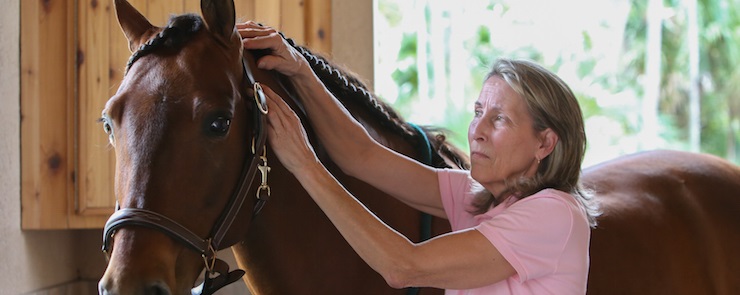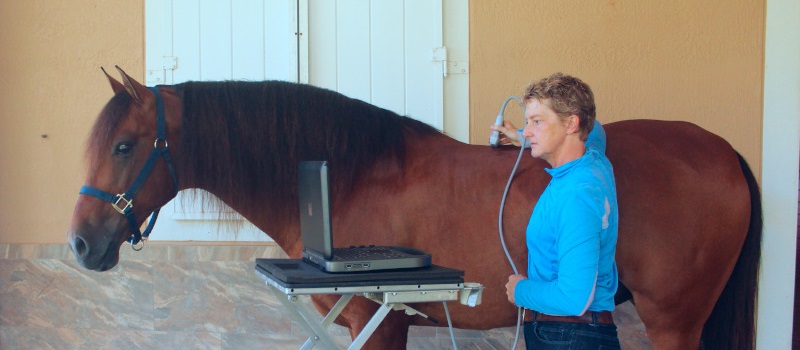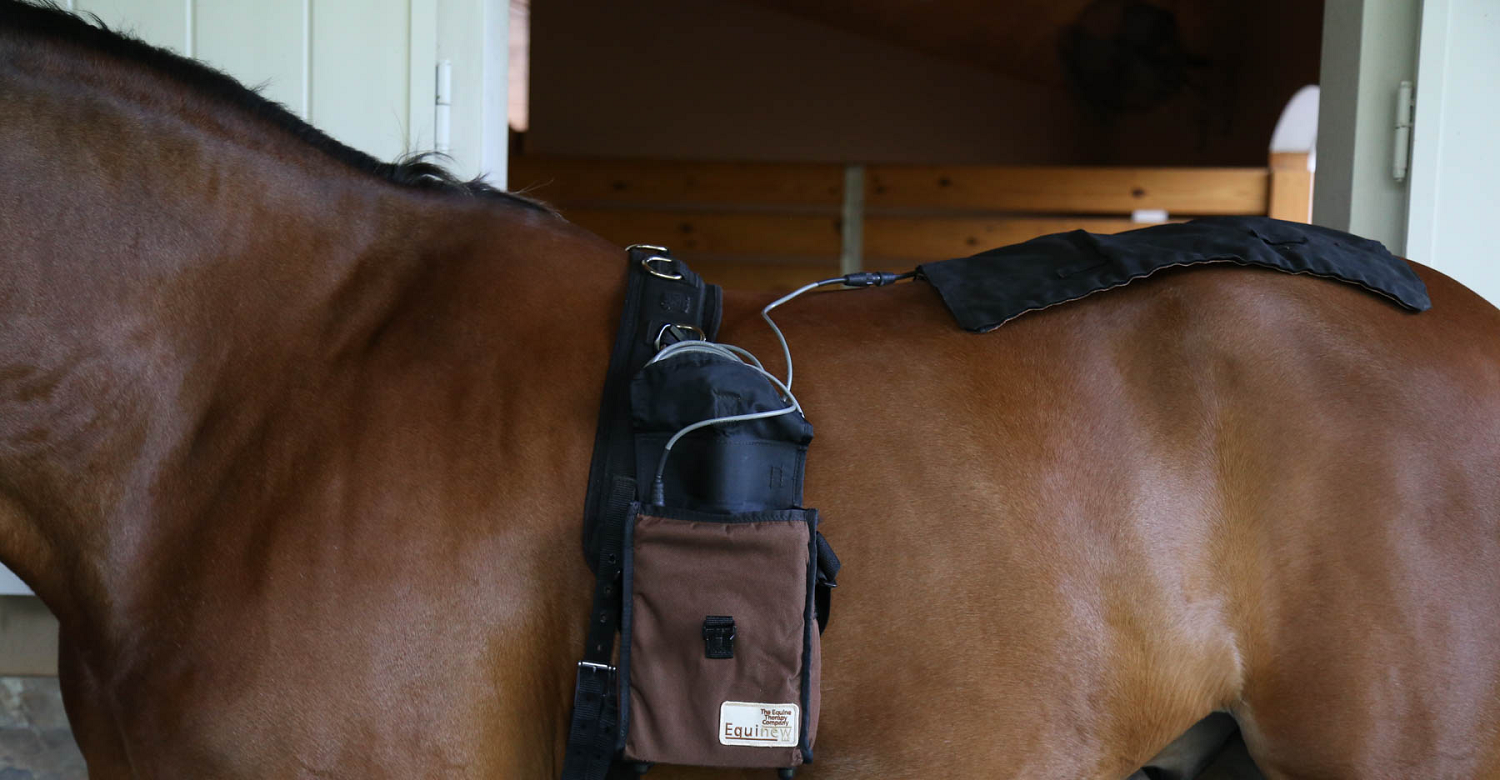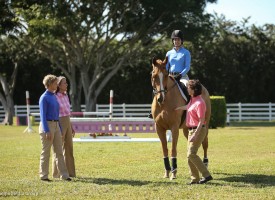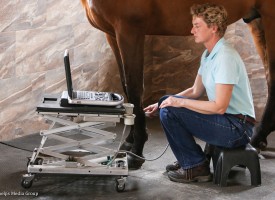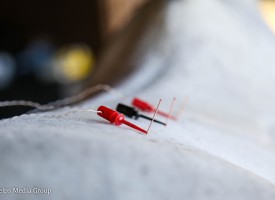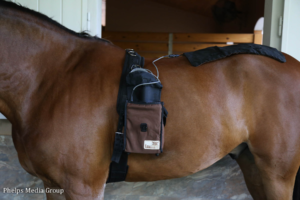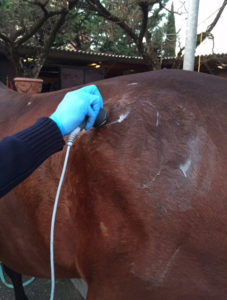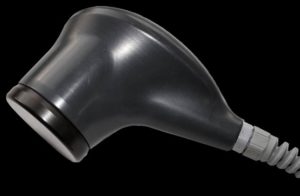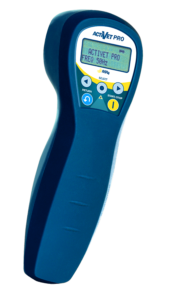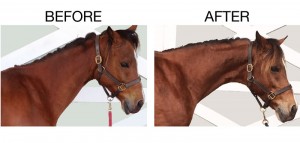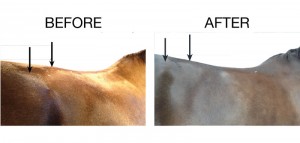Acupuncture can provide many benefits to the horse during the rehabilitation process from an injury. Acupuncture is an effective way to decrease pain and general stiffness. In some cases, it may be helpful in reducing anxiety from decreased exercise during the rehabilitation process.
Acupuncture reduces pain and inflammation by stimulating the nervous system along the energy flow pathways to release naturally occurring analgesic ‘endorphins’. It has been shown to be helpful in the treatment of back, stifle and hock pain, foot pain, arthritis and soft tissue problems.
Equine spinal manipulation (often referred to as “Chiropractic“) treats joints and soft tissues that have a reduced range of motion or are restricted. Areas of restriction and decreased joint mobility can lead to muscle spasms, inflammation of nerves and decreased function of muscles and joints, resulting in pain.
A spinal adjustment causes reflex relaxation of affected muscles and increased spinal mobility. Safe and effective spinal manipulation requires an in depth veterinary knowledge of anatomy and joint biomechanics and does not require excessive force. A complete musculoskeletal exam and imaging, if indicated, should be performed before spinal adjustment.

